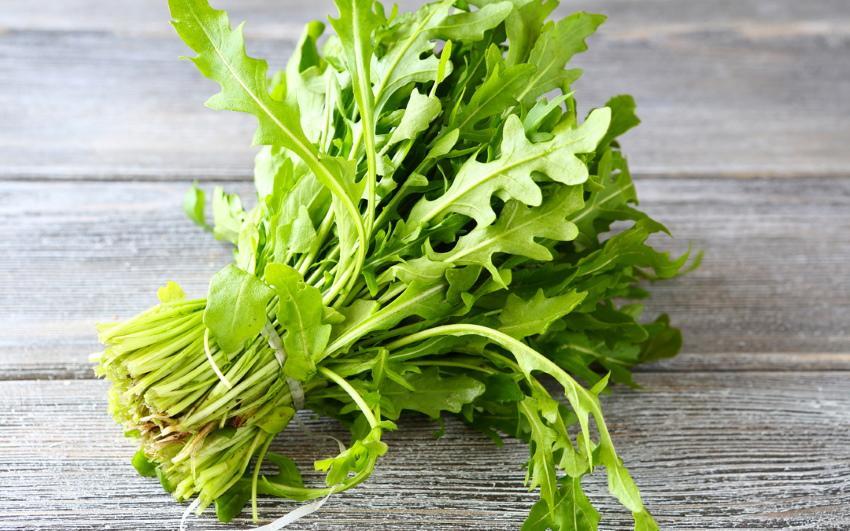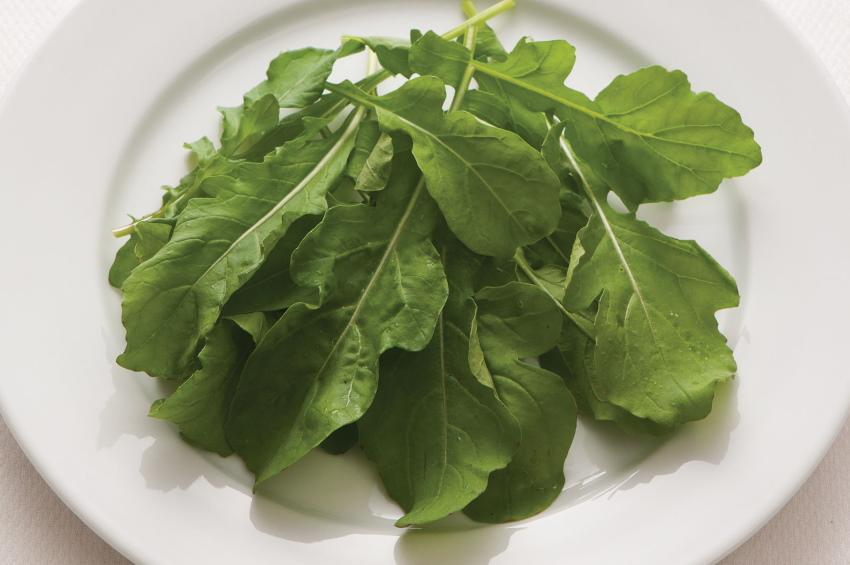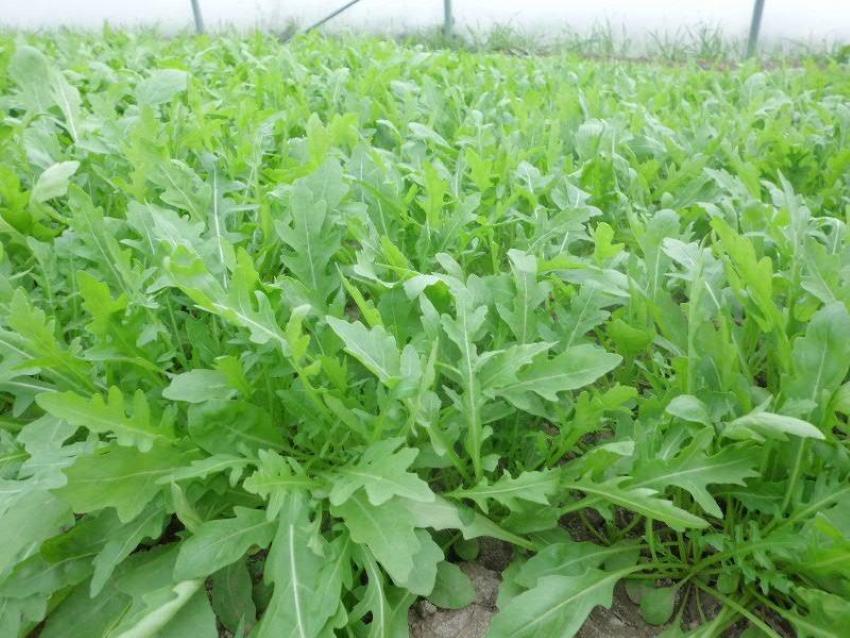What is arugula and how is it eaten - getting to know the mysterious spice
 If you can't surprise our gourmets with cilantro and spinach, then many don't even know about arugula. It is not surprising that the question of what arugula is and how it is eaten is still relevant in the vastness of our homeland. Do not be afraid of an unfamiliar word, because behind it there is an unusual spice with an original taste. Of course, not everyone will like it, but nevertheless, a light nutty aroma and a bitter note can work wonders in the kitchen. Just a couple of leaves of this herb can make a real culinary masterpiece from an ordinary vegetable salad.
If you can't surprise our gourmets with cilantro and spinach, then many don't even know about arugula. It is not surprising that the question of what arugula is and how it is eaten is still relevant in the vastness of our homeland. Do not be afraid of an unfamiliar word, because behind it there is an unusual spice with an original taste. Of course, not everyone will like it, but nevertheless, a light nutty aroma and a bitter note can work wonders in the kitchen. Just a couple of leaves of this herb can make a real culinary masterpiece from an ordinary vegetable salad.
What is arugula and how is it eaten

What a tasty and healthy plant looks like in the garden
 Arugula is a herbaceous annual, a close relative of cabbage. Grows in a small bush no more than 40 cm high with a rosette of narrow leaves, similar to foliage dandelion... The maximum amount of bitterness is found in young foliage, so they are harvested for eating when the bush grows up.
Arugula is a herbaceous annual, a close relative of cabbage. Grows in a small bush no more than 40 cm high with a rosette of narrow leaves, similar to foliage dandelion... The maximum amount of bitterness is found in young foliage, so they are harvested for eating when the bush grows up.
However, it is important to have time to do this before flowering begins. Once shot, the arugula becomes tough and very bitter.
The flowers themselves are small, yellowish, collected in loose inflorescences. After flowering, the plant sets the seeds in the pods. The aroma of the spice is interesting, in one word you cannot describe it. It is a cross between the smell of mustard, pepper and nut. The culture is absolutely unpretentious, it can be grown both in the open field and in a pot on the windowsill.
The plant has several other names: eruka, caterpillar, rocket salad.
What you can do with mouth-watering greens
 Most often, arugula is used in salads, and not only in vegetables. The spice goes well with such products:
Most often, arugula is used in salads, and not only in vegetables. The spice goes well with such products:
- fish, shrimps - in general, seafood, but not river fish;
- vegetables we are used to (peppers, cucumbers, tomatoes, radishes);
- avocado, quail eggs, lightly salted fish (salmon, trout);
- sun-dried tomatoes, leeks, jamon;
- spicy cheese;
- walnuts, asparagus;
- quail eggs, pumpkin seeds, quinoa.
It is better to season such salads with either olive oil or sauce, but not mayonnaise. And one more thing: they don't cut arugula, they just tear the leaves into pieces with their hands.
Also, spicy leaves can be added to various sauces, soups, pizza, hot meat dishes, pie fillings. They are also spread on sandwiches.
Despite the rich vitamin composition and beneficial properties of arugula, not everyone can eat it and not always. So, you can not even try the fragrant leaves for allergy sufferers, pregnant women and lactating.It is also worth giving up the spice if you have problems with the liver, kidneys and stomach. In addition, it should be consumed in moderation, otherwise bloating will occur.